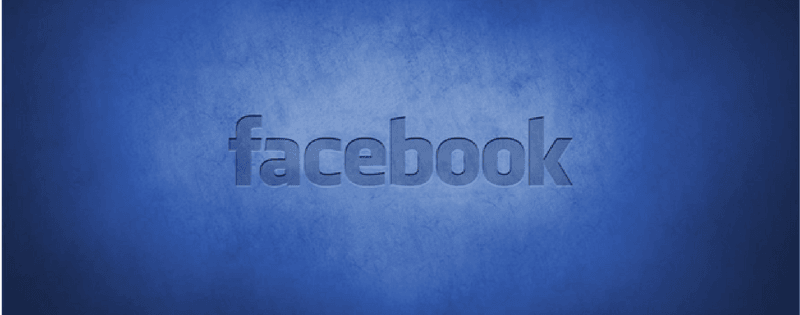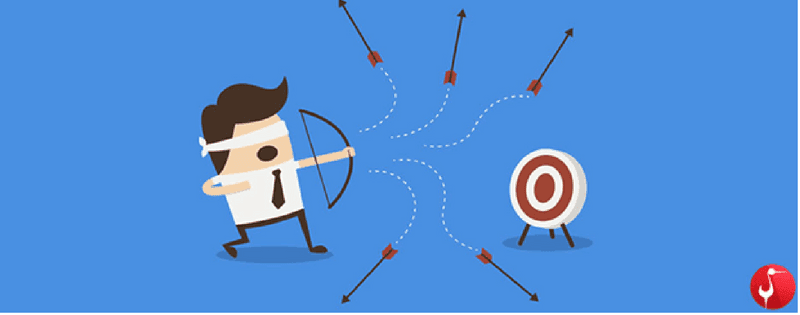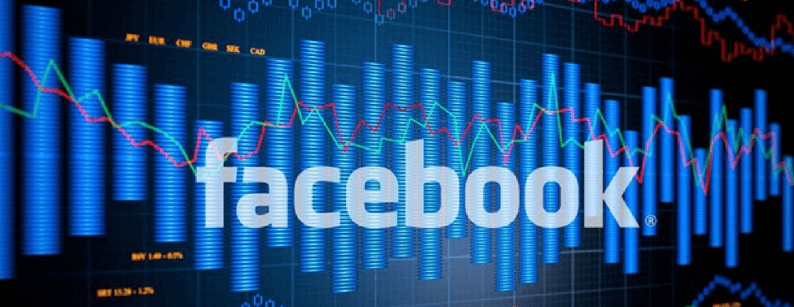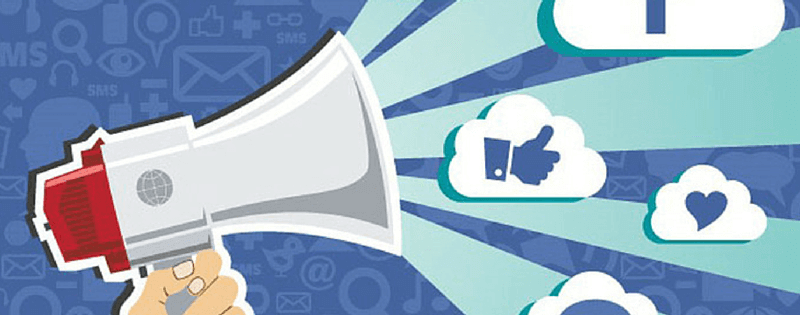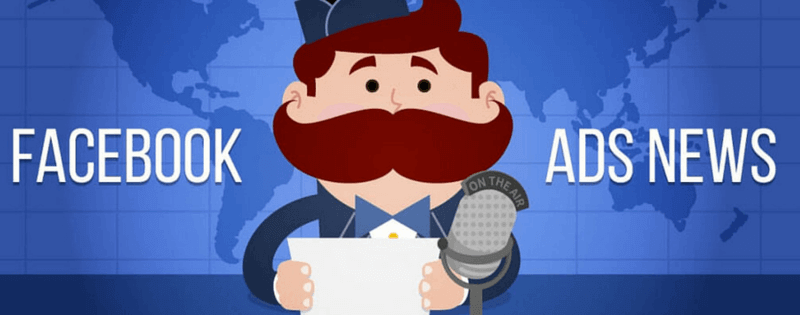Blame it on the larger selection options, better pricing, or convenience – a lot of people nowadays prefer buying stuff online instead of walking down to a real store.
Going by a recent survey, the number of online shoppers is estimated to grow from 1.079 billion to 1.623 billion by 2018.
So does that mean all e-commerce sites are enjoying great business?
Well, not exactly. In spite of the growing number of online shoppers, people are still cautious when paying for goods & services online. Customers still get nervous about giving their personal and credit card information to online retailers.
If yours is an ecommerce business – you will know that a major part of attracting and delighting your customers contributes to offering them a steady, dependable, safe, and smooth payment option.
So what can you do to increase your checkout conversions?
Multiple Login Options
Requiring your customers to create an account before placing their order is certainly convenient for your site, but this approach doesn’t always delight the customer. You might lose people along the way if you fail to give them the option to check out as a guest. You can always ask them to create an account once they’ve made the purchase. Also allow them to log in using any of their social media profiles, like Facebook or Twitter. This reduces registration friction as it makes the login process a lot faster.
Integrated Payment Processor
There’s no harm in using payment processors like PayPal, Stripe, Google Wallet, and Amazon Payments – but integrating a payment process directly into your website would be a better approach. In certain processors, users are redirected off your website – this disrupts their experience, and they may abandon the purchase owing to confusion.
SSL Certificate
This point is related to the above – for having an integrated payment processor, you would need an SSL certificate to protect customers’ personal and credit card information. It is the standard security technology that assures all data passed between a web server and a browser remain private.
Credit Card Logos and Security Seals
Adding credit card logos and security seals can be a great way of making online shoppers feel at ease. This assures the customers that your site is secure and can be trusted with their information.
Easy Return & Refund Policy
Buyers don’t get to physically look at or feel the product when purchasing it online, which tends to make some people anxious. You can help them build trust in your website by offering an easy return and refund policy.
Ensuring a safe shopping experience online is what helps ecommerce sites boost revenue and build in customer credibility – and your checkout process plays a critical role here.
Not sure why you’re losing customers on the checkout journey? Why not book a free website strategy session with our e-commerce experts? Call 04 321 2824 to schedule a session.

